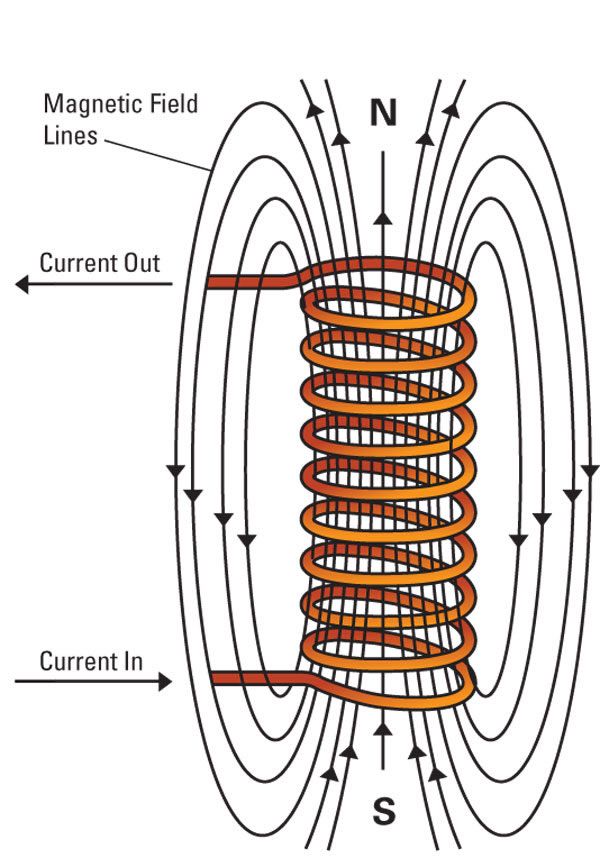Electromagnetism is a fundamental concept in the world of technology and plays a crucial role in the functioning of many devices we use daily. Understanding the key concepts of electromagnetism can help make complex technologies more accessible and easier to comprehend. In this article, we will simplify the basic principles of electromagnetism and explore its practical applications in the tech industry.
Electricity and Magnetism
Electricity and magnetism are closely related phenomena that form the foundation of electromagnetism. Electricity involves the flow of electric charge, while magnetism describes the force exerted by magnets on other objects. When an electric current flows through a conductor, it creates a magnetic field around the conductor. This interaction between electricity and magnetism is the basis of electromagnetism.
Electromagnetic Fields
Electromagnetic fields are areas of space where electric and magnetic forces interact. These fields are generated whenever an electric charge is in motion or when a magnetic field changes. Electromagnetic fields can be static or dynamic, depending on the movement of electric charges and magnets. Understanding the behavior of electromagnetic fields is essential for designing and operating electrical and electronic devices.
Magnetic Induction
Magnetic induction is a phenomenon where a changing magnetic field induces an electric current in a conductor. This principle is the basis of many electromagnetic devices, such as transformers and generators. When a magnet is moved near a conductor, the changing magnetic field generates an electric current in the conductor. Magnetic induction is used in power generation, electric motors, and wireless charging technologies.
Maxwell’s Equations
Maxwell’s equations are a set of four fundamental equations that describe the behavior of electric and magnetic fields. These equations were formulated by James Clerk Maxwell in the 19th century and are the foundation of classical electromagnetism. Maxwell’s equations explain how electric charges and currents generate electromagnetic fields and how these fields interact with each other. They are essential for understanding the behavior of electromagnetic waves, such as light and radio waves.
Applications of Electromagnetism
Electromagnetism has numerous practical applications in the tech industry. Some of the key applications include:
Electric Motors
Electric motors use electromagnetic forces to convert electrical energy into mechanical motion. The interaction between magnetic fields and electric currents in a motor generates rotational motion, which is used in various devices, from household appliances to industrial machinery.
Transformers
Transformers are devices that use magnetic induction to transfer electrical energy between circuits. They are used to step up or step down voltage levels in power distribution systems, making it possible to transmit electricity over long distances efficiently.
Wireless Communication
Wireless communication technologies, such as radio waves and electromagnetic waves, rely on the principles of electromagnetism to transmit information over long distances. These technologies have revolutionized the way we communicate and access information in the digital age.
Conclusion
Electromagnetism is a fascinating and essential concept in the world of technology. By understanding the basic principles of electromagnetism, we can grasp the inner workings of many modern devices and technologies. From electric motors to wireless communication, electromagnetism plays a vital role in shaping the way we interact with the world around us. By simplifying the key concepts of electromagnetism, we can demystify complex technologies and appreciate the beauty of this fundamental force.
Enhance your understanding of tech with electromagnetism at the core!
